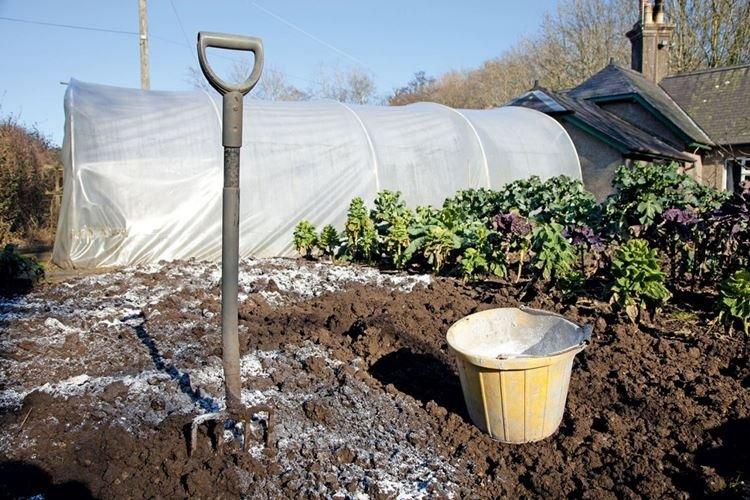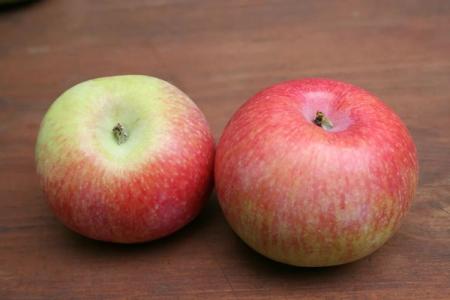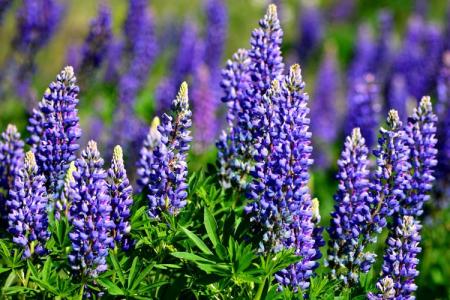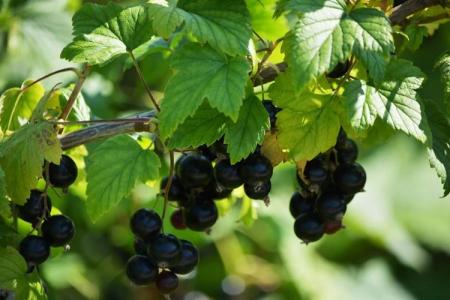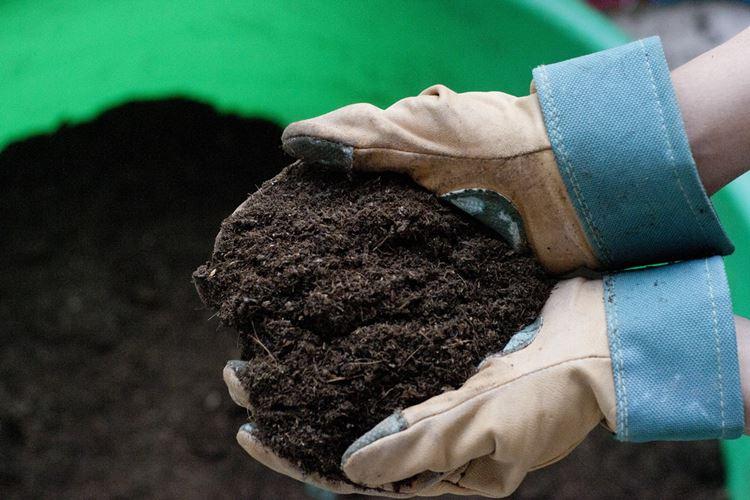
Everyone knows that plants need to be fertilized, but the knowledge that the soil needs to be disinfected before planting usually comes with experience. But it is the quality and composition of the soil that directly affect flowering and harvest. During the year, ideal conditions for the life of bacteria and microorganisms are formed in it, and not all of them are useful. We will tell you how and how to solve the problem!
Why disinfect the soil?
If you neglect disinfection, pathogens, fungi, mold, nematodes and other parasites actively multiply in the ground. Seedlings take root with difficulty, and the future harvest will be meager and poor. In the decontaminated soil, weeds grow less and pests are less propagated, so you can reduce the number of treatments in the future. Saplings absorb nutrients better, grow faster and healthier.
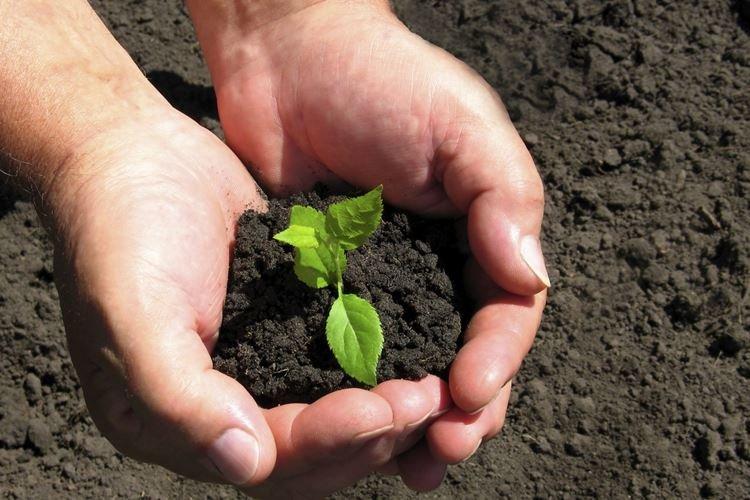
The best time to decontaminate
You need to monitor the condition of the land all year round, but it will really be possible to comprehensively cultivate it only in the spring, when the soil is already warming up, but there is still a minimum of plantings in it. So you can safely add special antiseptics and not worry that they will destroy the seedlings. Just wait for the snow to melt completely.
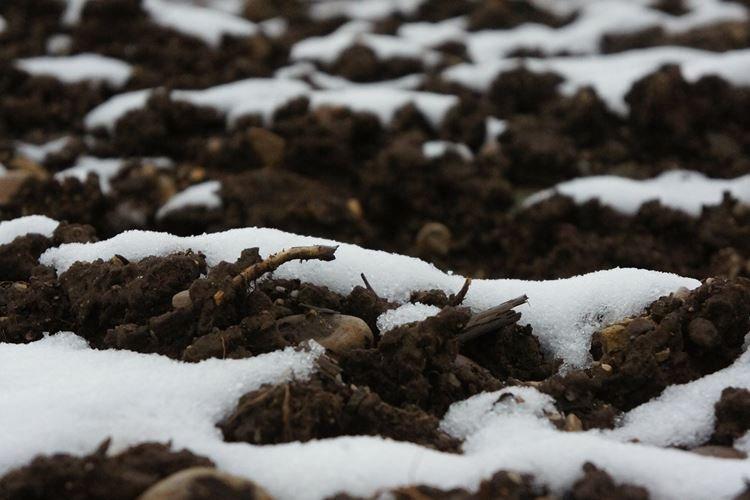
Folk remedies
These methods are simple, effective and environmentally friendly, so most are ideal for planting seeds. Heat treatment suggests that you need to act on the soil directly, but right on the site this is problematic. But the planting of siderates is suitable for preparing the beds.
Freezing
Wrap the soil in a bag made of natural breathable fabric and take it outside in freezing temperatures (from -10 degrees) or put it in the freezer for 5 days. After that, put it in a warm place for a week so that all pests and larvae become active, and repeat the procedure at least twice.
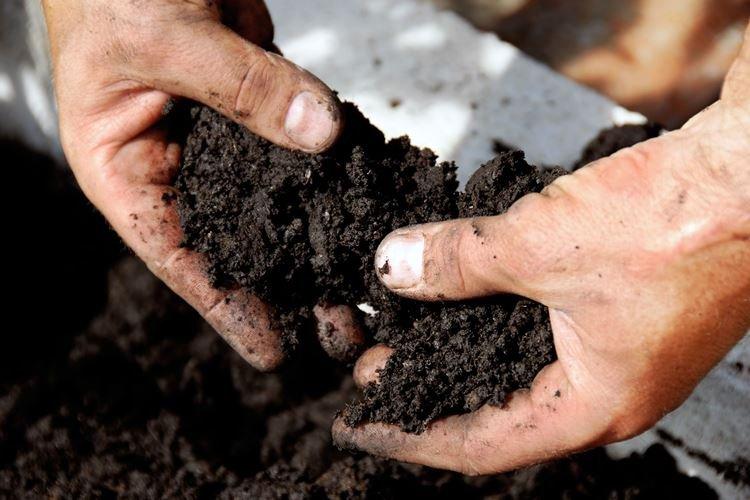
Calcination
Spread the soil on a baking sheet in a layer up to 1.5 cm thick and distribute evenly. Moisten it a little from a spray bottle and put it in an oven preheated to 80-90 degrees for half an hour. Do not raise the temperature because the soil will become unsuitable for seedlings.
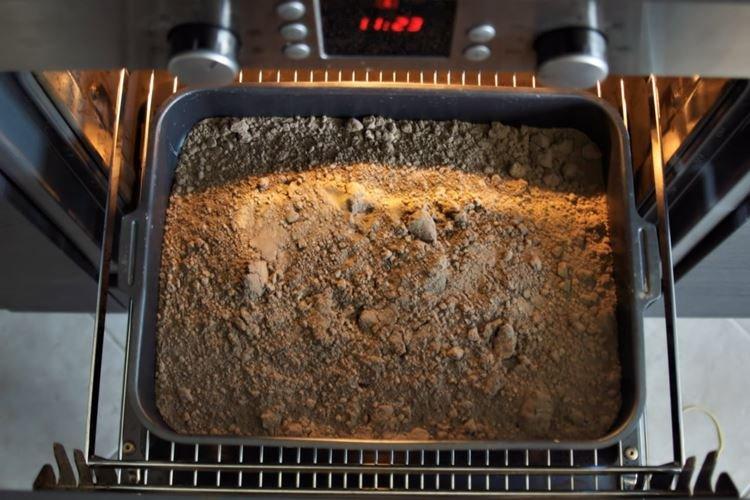
Steaming
Put a natural breathable cloth in a colander, pour soil on top and place in a water bath in a boiling pot. The soil should be steamed for about an hour and a half, but this is still a gentler option than an oven. Stir it every quarter of an hour to ensure even treatment.
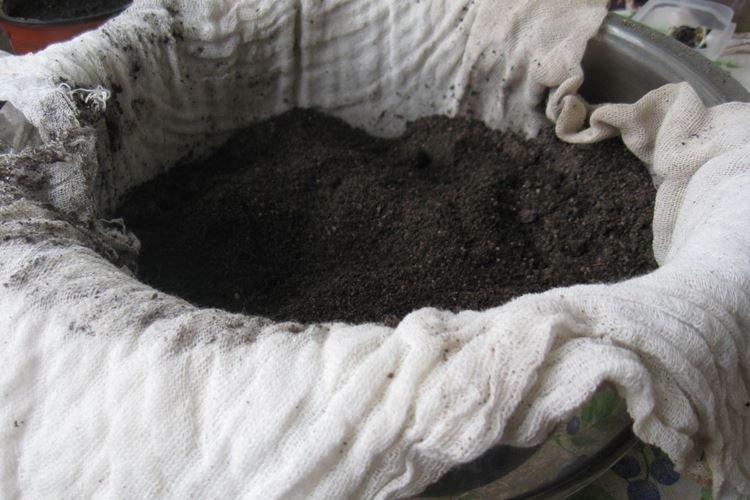
Green manure plants
Some plants have a beneficial effect on the structure and composition of the soil. The so-called siderata are planted in early spring, before the main crops. Your seeds sprout in containers while legumes, mustard, oats, rye and radish prepare the soil. Before planting siderat seedlings, you need to completely cut off and dig up the top layer right with the roots.
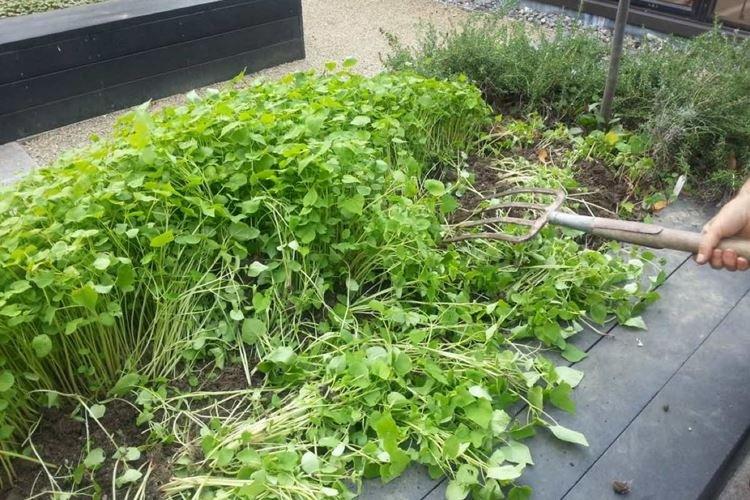
Chemicals
There are many special tools that destroy weeds, infections and pathogens as quickly and efficiently as possible. But the more effective the drug, the more toxic it is, so they must be used strictly before planting.
Copper sulfate
One of the most effective drugs in gardening and vegetable gardening is copper sulfate. It is needed to combat fungus, mold, for general antiseptic treatment and as a top dressing for copper deficiency. Dissolve a spoonful of powder in a bucket of water and fields of soil when the snow melts.
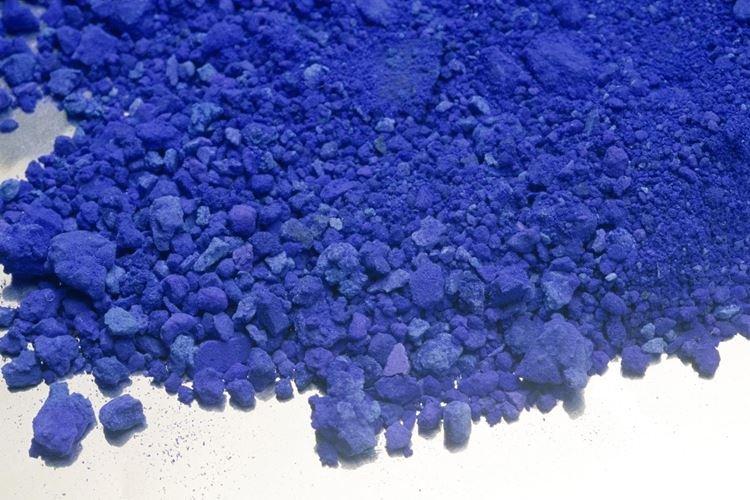
Bordeaux mixture
The most popular horticultural remedy for all ills also contains slaked lime. It is a very effective fungicide and a sure way to kill any bacteria. Bordeaux mixture is also suitable for processing already planted plants.
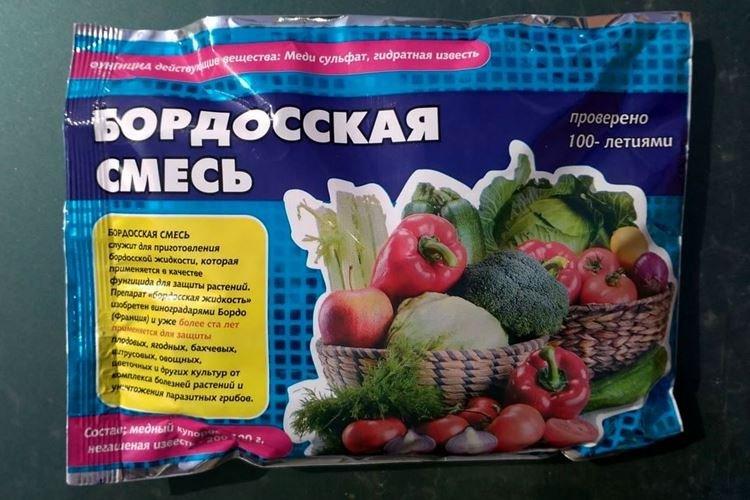
Potassium permanganate
Potassium permanganate is a versatile antiseptic that is equally suitable for seed dressing and soil disinfection. Prepare a weak pink solution of about 3-5 grams per bucket of water.This recipe is better for alkaline and neutral soils, because acidic soils can oxidize even more.
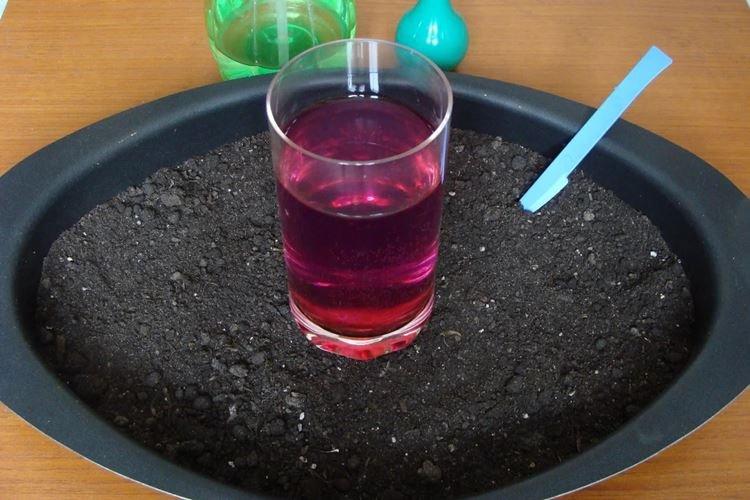
Bleaching powder
This is the most drastic remedy if the soil is already in very poor condition. Be sure to need protective clothing, gloves, respirator, goggles and other protective equipment. About 200 g of powder must be thoroughly dug up with the soil and left to rest.
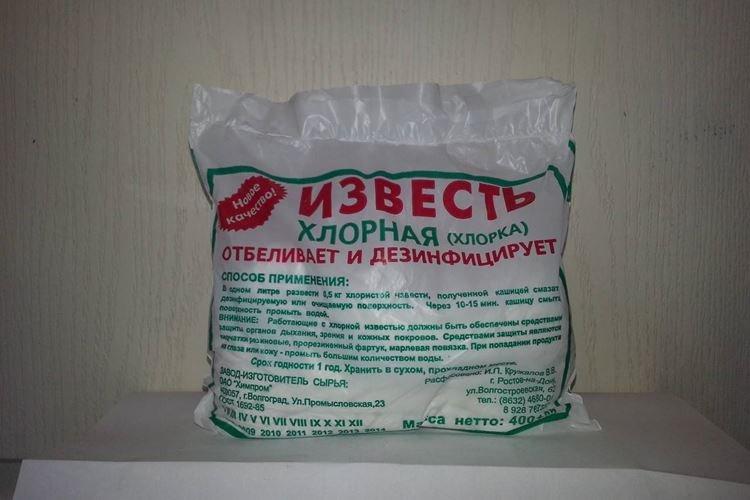
Fungicides and insecticides
Bacterial-type preparations consist of microorganisms that destroy pathogens and strengthen the immunity of seedlings. Choose complex action products and combine them with insecticides to destroy pests in the soil. The optimal time is three weeks before planting.
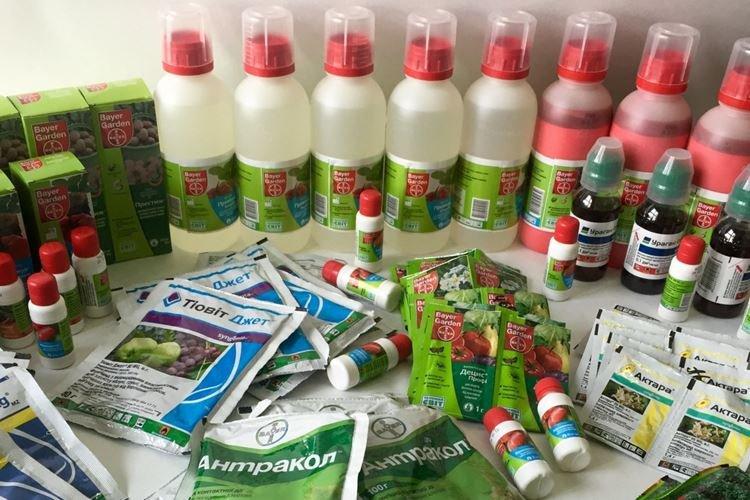
Disinfection of soil in a greenhouse
Although the greenhouse is partially isolated from the outside world, the soil in it needs to be processed in the same way. After all, a warm humid greenhouse is better for pathogens than a street with its temperature fluctuations. We recommend cultivating the soil in the greenhouse twice a year, and periodically changing it completely as it depletes.
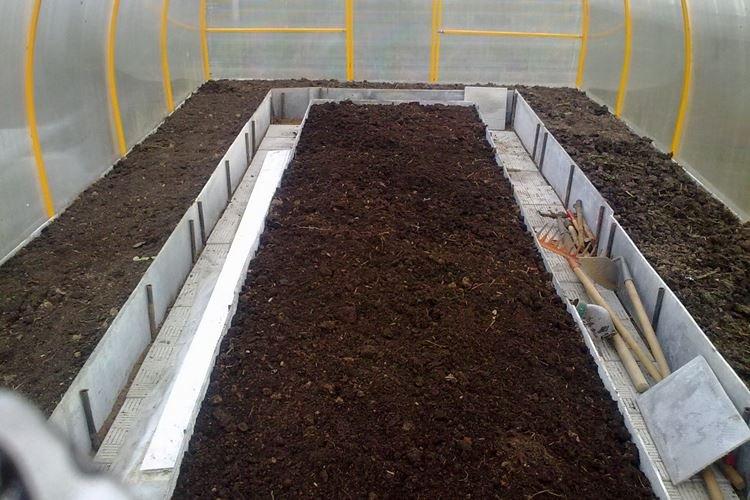
Disinfection of soil for seedlings
Weak young shoots are very sensitive to all external factors, so any bacteria and weeds in the soil affect germination. In this case, home methods are sufficient - roasting, steaming or freezing. Or use ready-made store mixes that have already been processed.
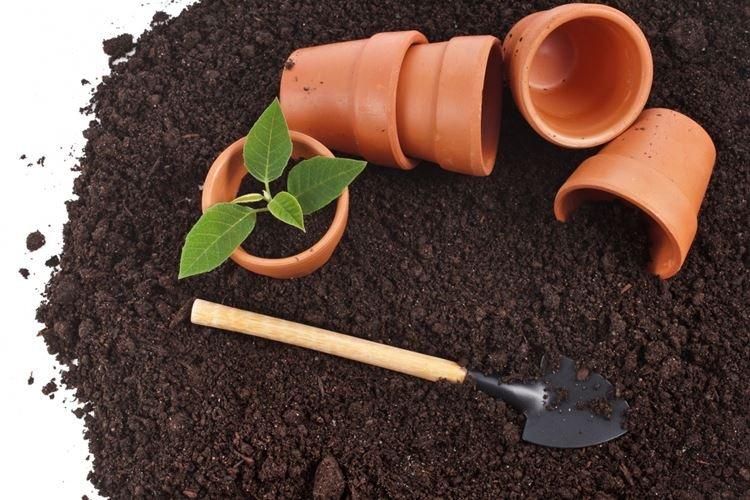
Soil processing after disinfection
The soil is almost sterile after extensive processing, such as annealing, so you need to add some beneficial microflora. Especially the soil in boxes and containers, which has no contact with the outside world. Fill it with biofungicides two weeks before sowing seeds or planting seedlings.
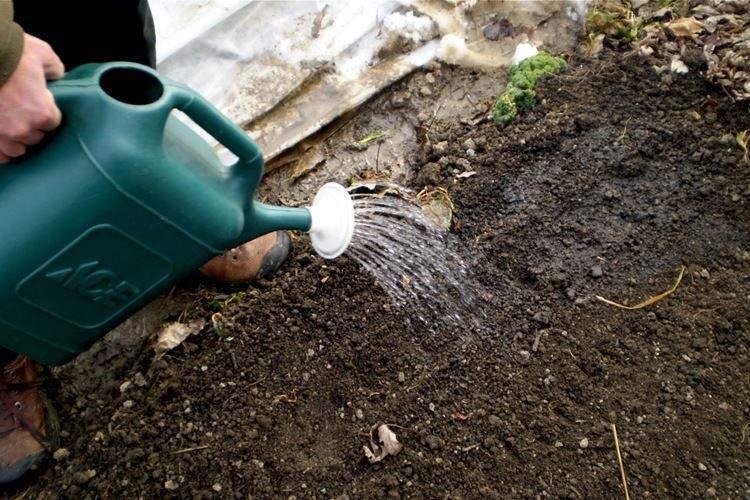
Decrease in acidity after disinfection
Many antiseptics are quite strong oxidants, so after them it is worth checking the acidity of the soil. Otherwise, even in sterile soil, the seedlings can suffer from fungus and rot. Ash, chalk, dolomite flour, slaked lime are suitable for deoxidation.
